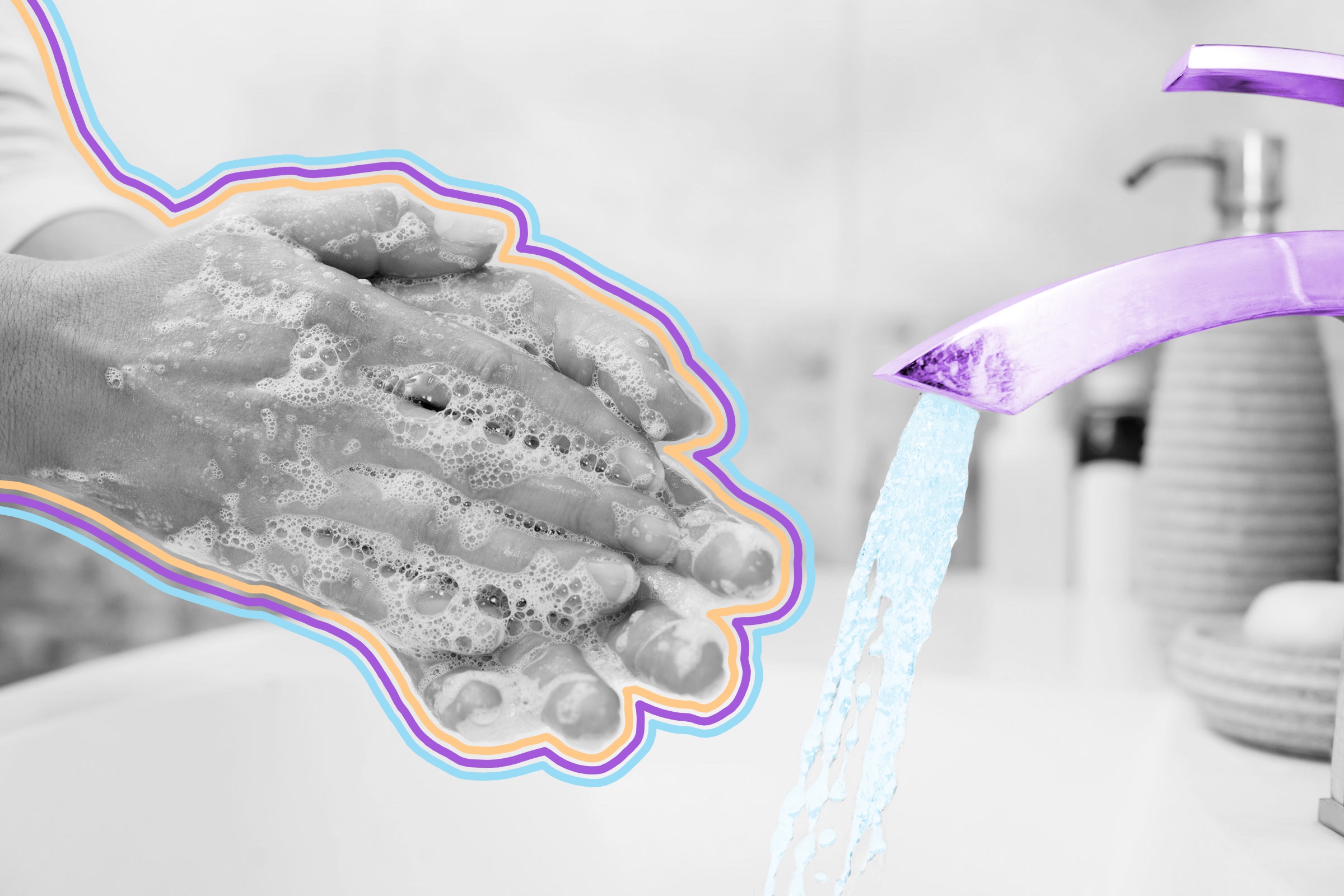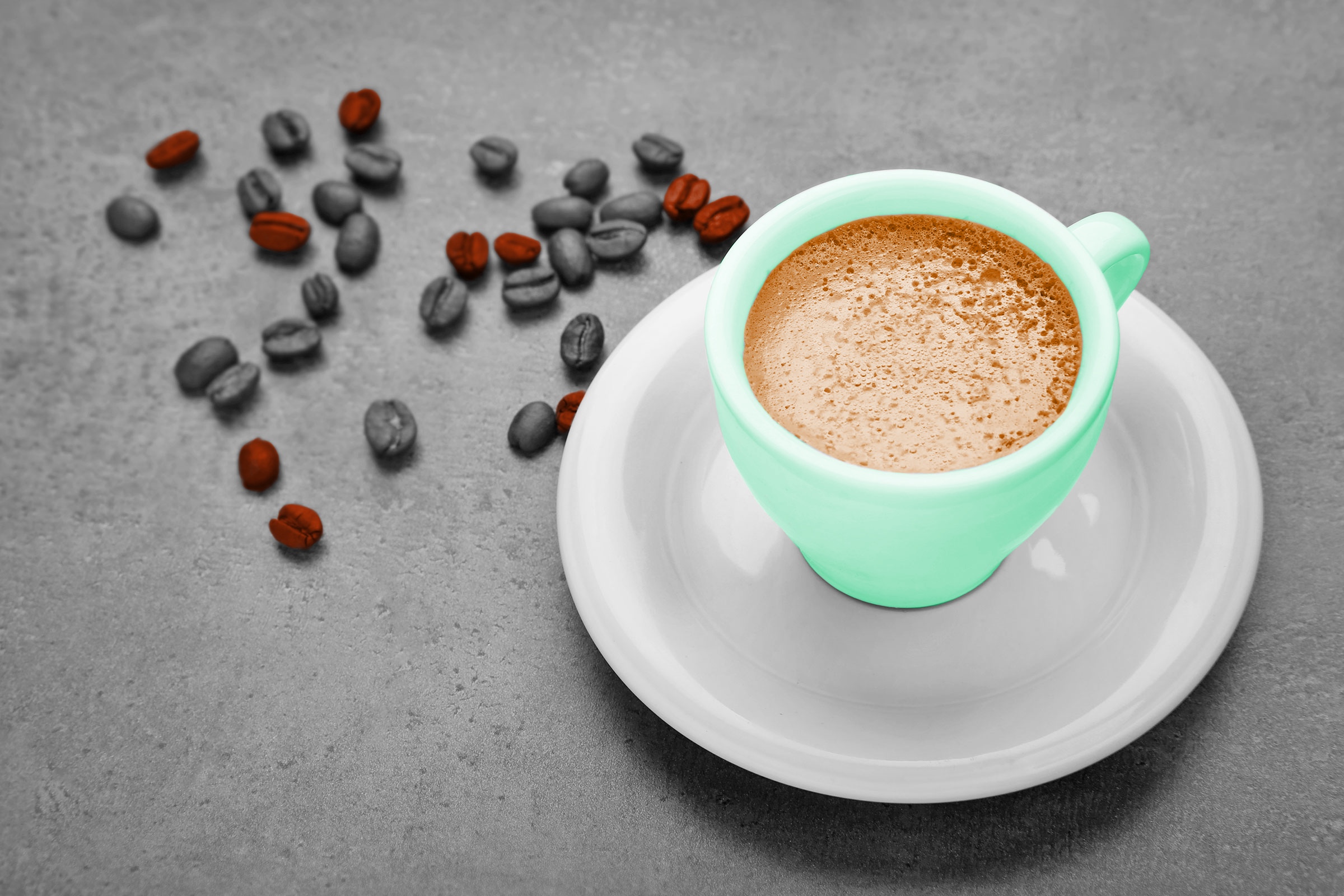
People used to clean their hands with coffee.
Soap is an everyday essential, but this incredibly useful (and lifesaving) cleanser hasn’t always existed. The earliest known mention of soap dates back 4,500 years, found on a cuneiform tablet unearthed from Girsu, in ancient Mesopotamia (modern Iraq). But even then — and for centuries afterward — humans likely weren’t using the slippery substance for handwashing. Bars of soap made from rendered fat and wood ash were primarily used to clean dirty clothing and raw fibers that were being prepped for weaving. Instead of soap, many ancient peoples (such as the Greeks) used scented olive oils and other substances — including coffee — to clean their bodies.
Historians believe the practice of drinking coffee originated in Ethiopia and slowly spread to the Middle East and Europe, becoming popular around the 15th century. Before then, some cultures relied on the brew not as a beverage, but as a cleanser. Around the 10th century, physicians and botanists in the Middle East began writing in Arabic about “bunk,” a compound similar to modern brewed coffee that could be used for handwashing. Surviving texts from the time credited bunk with removing strong odors from hands without drying out the skin, and recipes for the handwash sometimes included spices such as cloves, cinnamon, and fruit peels. Bunk also may have been incorporated into other products, like body oils and perfumed powders. However, little is known about the compound. It appears the practice fell out of popularity as coffee became valued less for its odor-eliminating properties and more for the same thing modern consumers appreciate: that caffeinating buzz.
How do you convince children to like soap? That was manufacturer Procter & Gamble’s big question in the early 1920s, when company executives were looking to draw in a younger demographic of shoppers. Believing that children familiar with the company’s Ivory soap would be future consumers, advertisers launched a marketing campaign that introduced the floating soap bars as art materials. In 1924, Procter & Gamble held its first National Soap Sculpture Competition, promoting the brand’s soap bars as the perfect medium for artistic carvings and awarding amateur artists with cash, trips, and other prizes. Soap carving exploded in popularity for more than a decade to follow, in part because of the Great Depression. Out-of-work Americans with more downtime sought out hands-on hobbies such as carpentry, gardening, and crafts — and with Ivory soap priced at just 25 cents for a six-pack (less than $5 today), soap carving became an inexpensive amusement.

